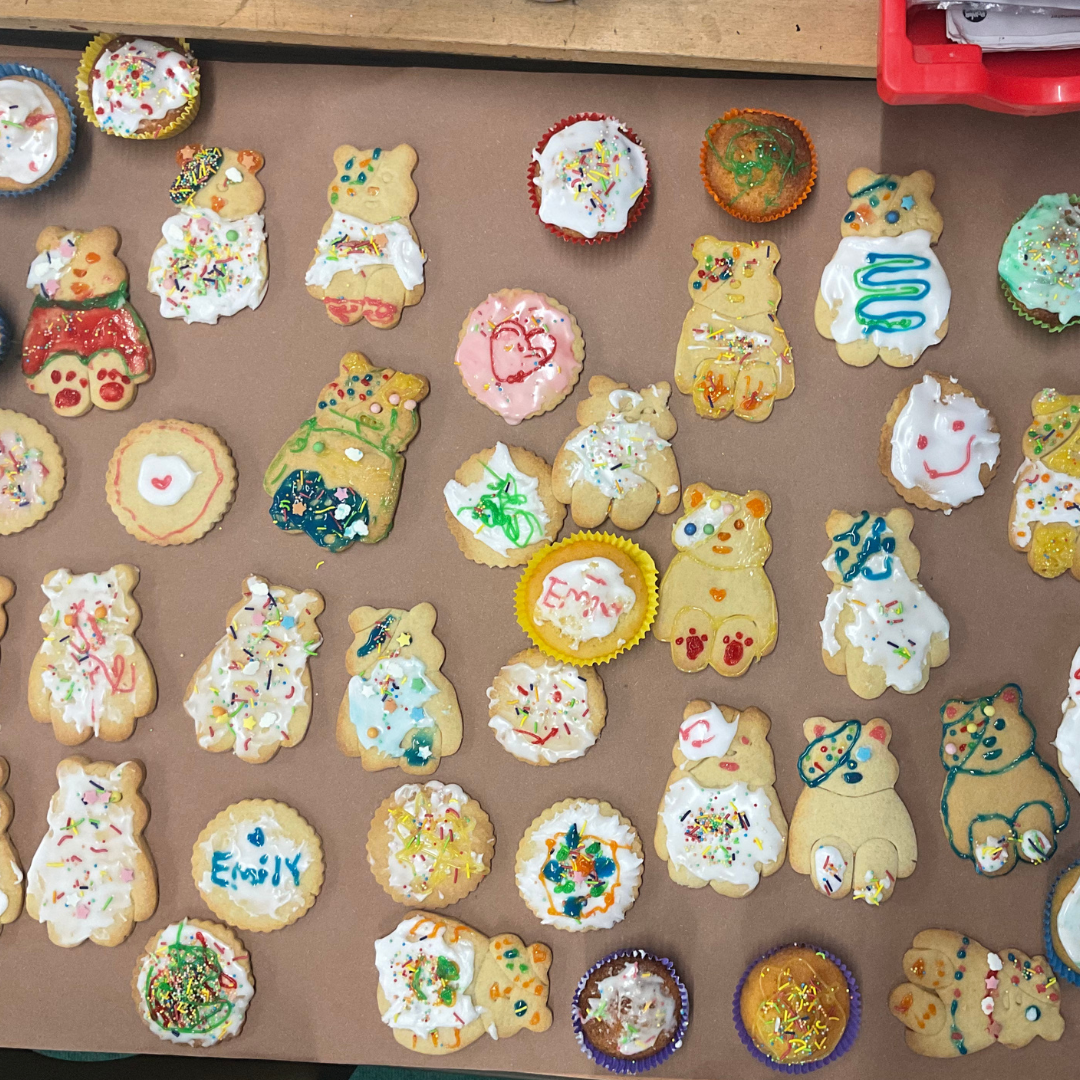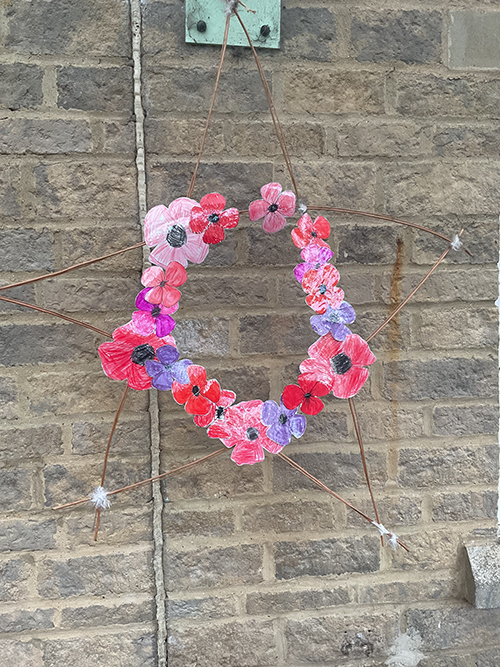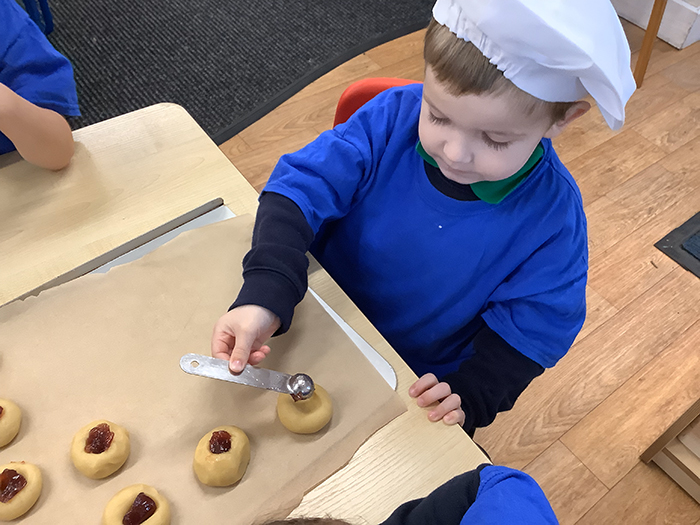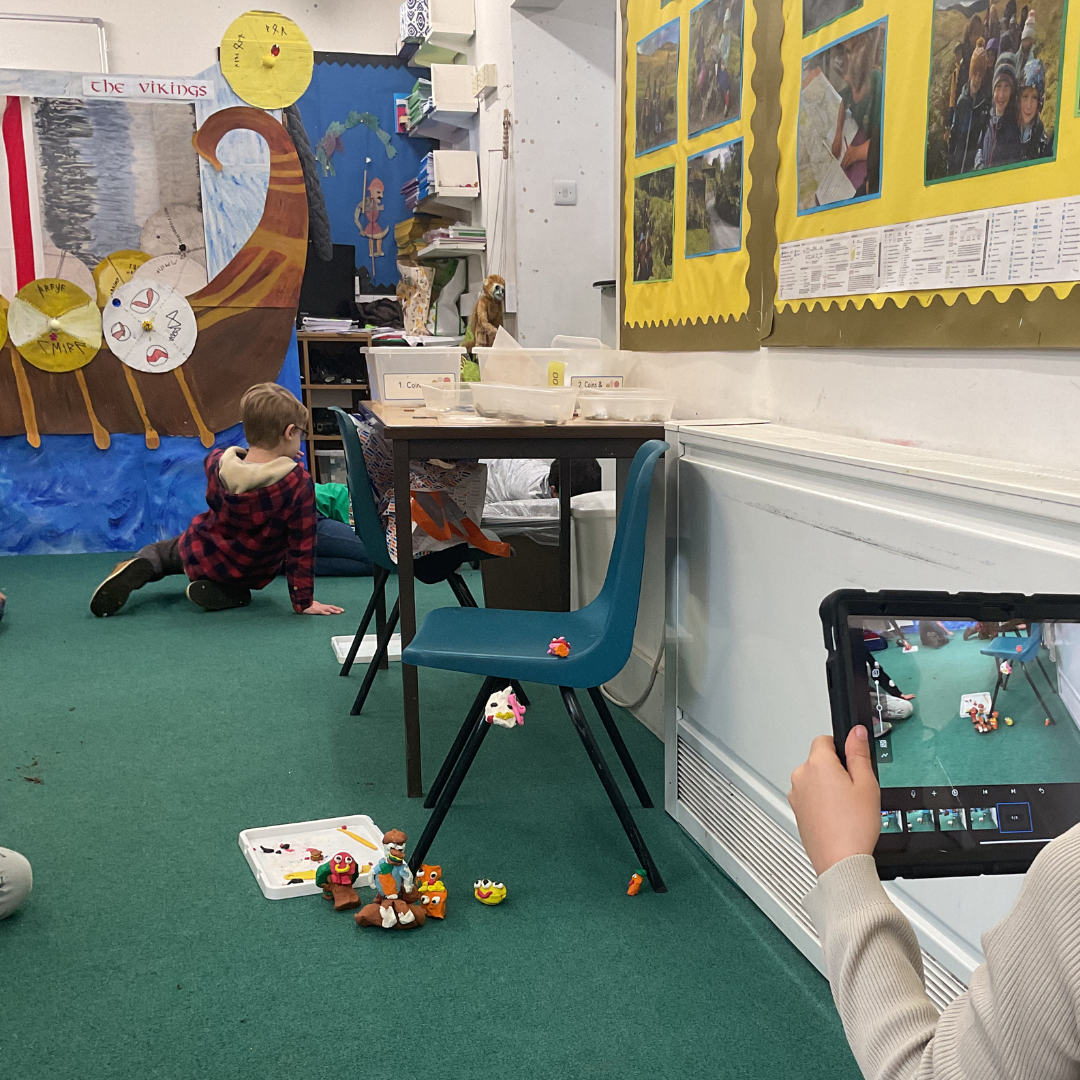The Snowman, Sticks & Street Dance
This week the Pixies came into a winter wonderland in the classroom as it had snowed! They had magic sand snow to play with and were retelling the story of The Snowman in preparation for the visit to the ballet on Wednesday. They have baked lemon drizzle cake this week.
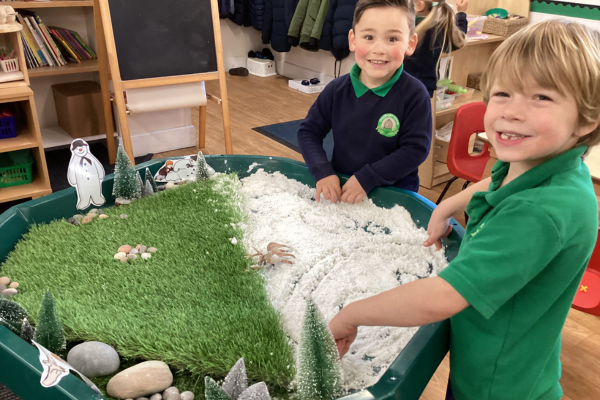
When out and about the Shire made journey sticks. They walked to the recreation ground, picked up nature items they found and attached them to the sticks, they will compare and contrast what they found with sticks they will make in the summer. The Elves and Griffins have been making portraits of James 1st and Guy Fawkes in the style of Andy Warhol and also experimented with blending chalk which had the benefit of turning them blue like smurfs!
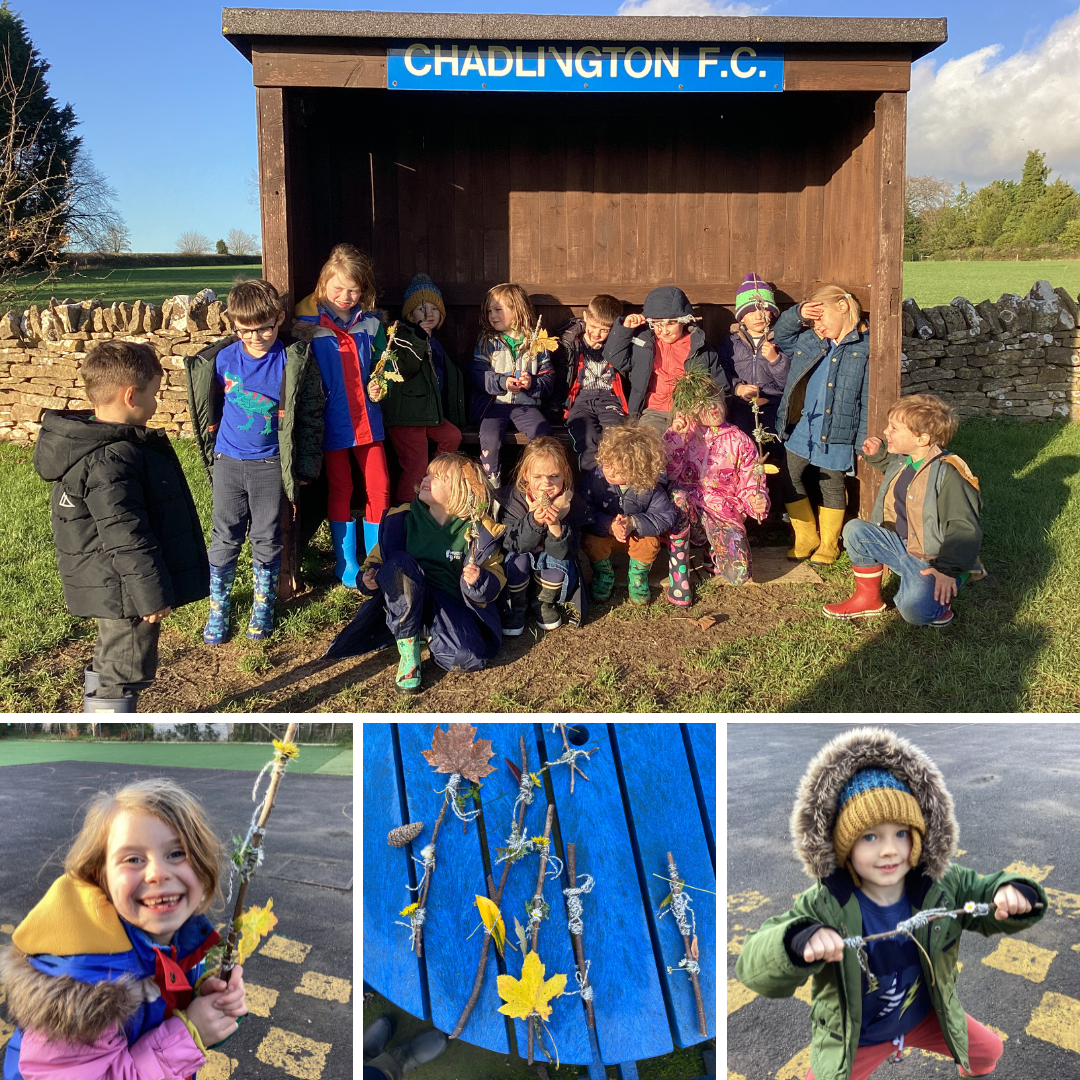
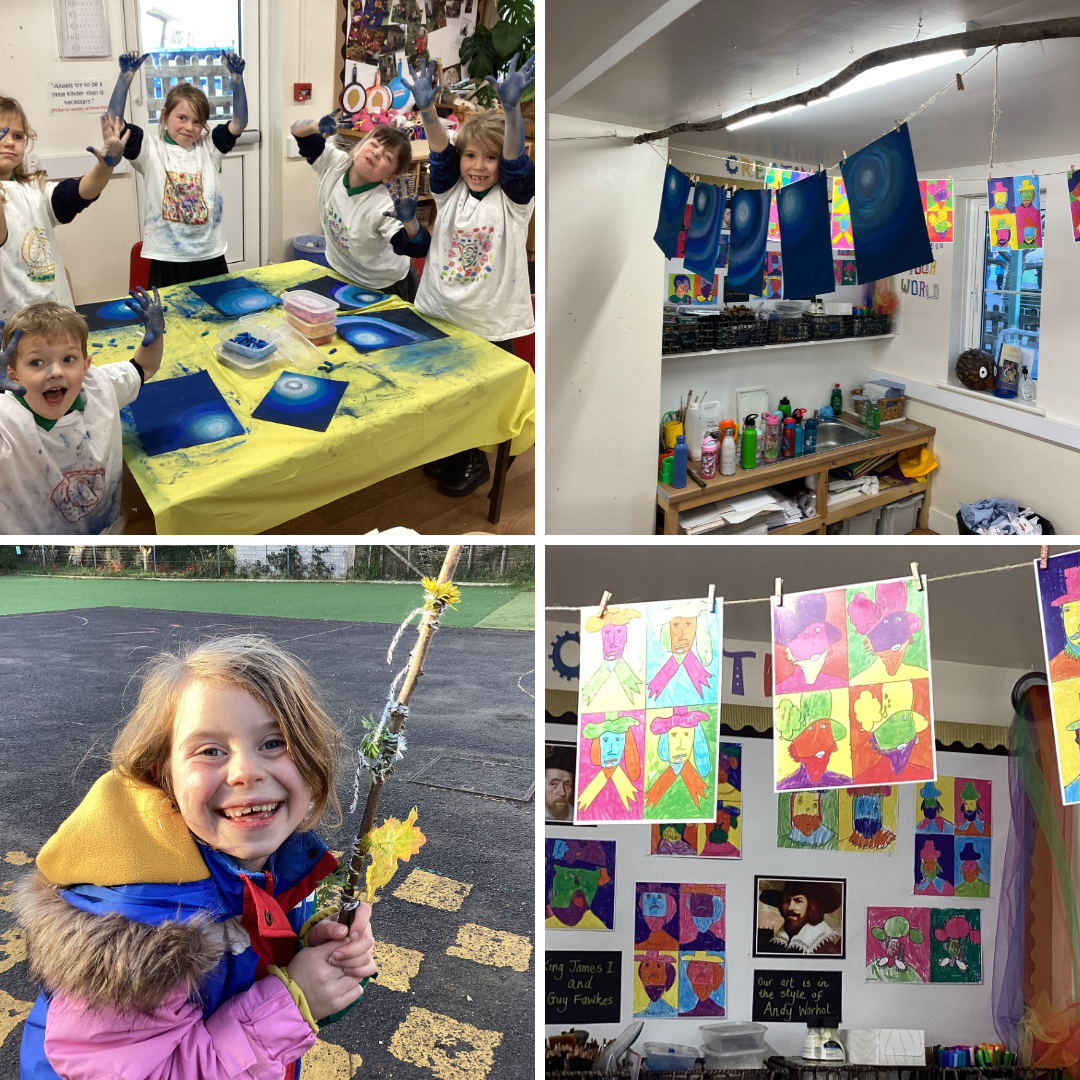
This week we had a SIAMS inspection and are thrilled with how well the children represented the school. We are glad to report that it was clearly seen that we live out our values in school.
The Dragons have been continuing to study Tudor life in preparation for their visit to Sulgrave Manor on 12th December. They have been creating Christmas presents and cards and making great progress towards their brass sharing assembly. They have been reading the book 'The Lost Words' and finding out the names of plants and animals in our environment.
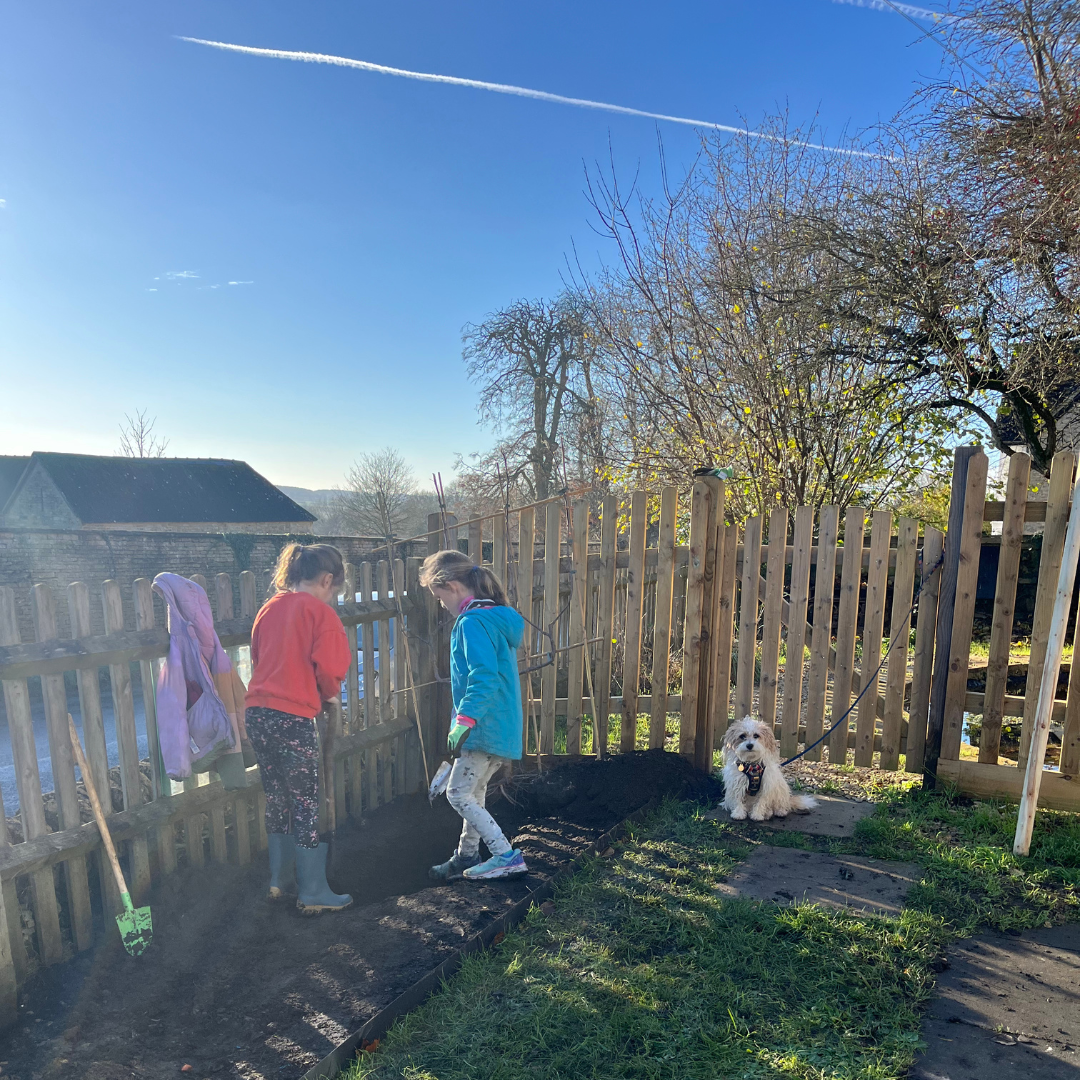
Outdoors we have planted our trees in the garden.
In the Wizards class this week, we started with a Street Dance Workshop where the children learned different styles of street dance including breakdancing. At the end of the session, they performed a routine. Everybody enjoyed this and realised how energetic the sport of dance can be!
In Art, the children drew their portraits of monarchy from either the Georgian or Victorian period (in the style of Mike Barrett) ready for creating our layered portraits next week. The children have also created their own advent calendar which will start very soon. Take a look up in the Wizards class window next week...
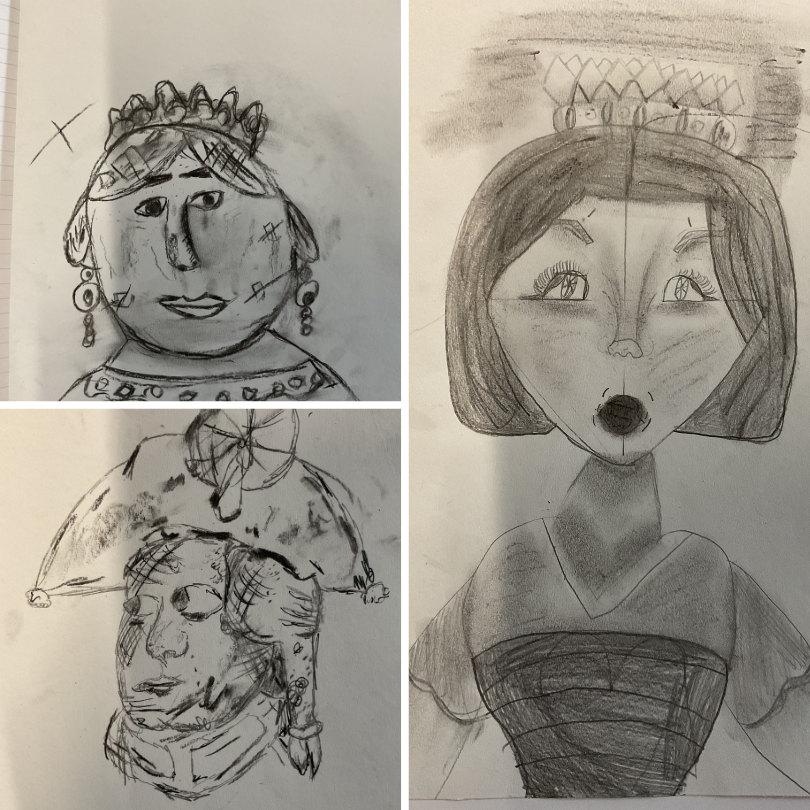
The children have also been learning more about the Georgian era of History including why we ended up with kings and queens from Germany as a result of issues with having a Catholic monarchy.
We have been busy learning lots of songs ready for the Big Christmas Sing as well as our own Nativity, and we are looking forward to taking part in the Big Christmas Sing on November 29th. Hopefully, this will get us in the mood for Christmas!
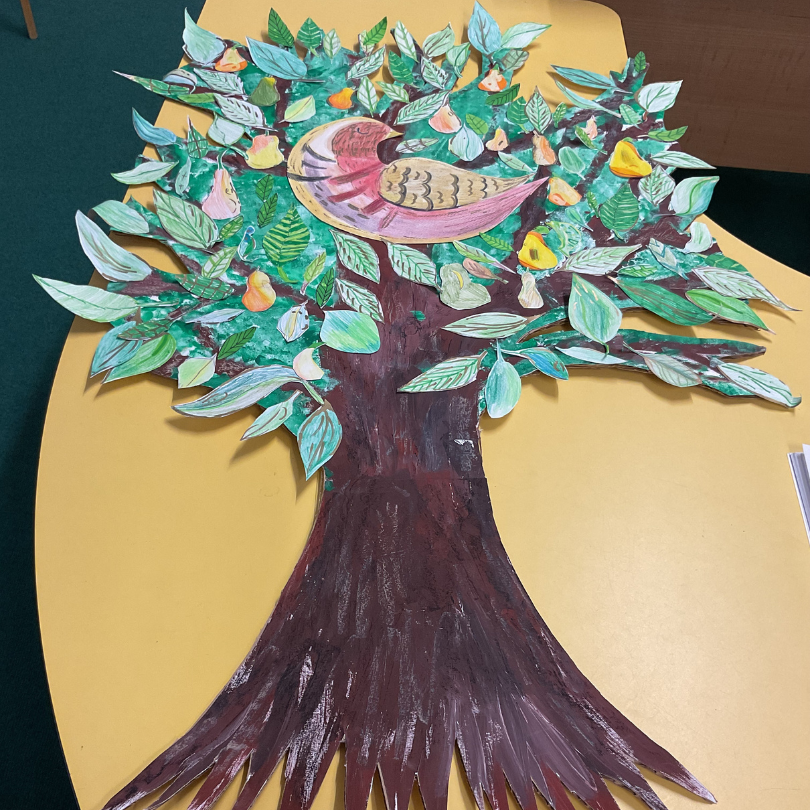
The whole school took a festive trip to see the Snowman Ballet, which was a delight and the children were a credit to the school and their parents.
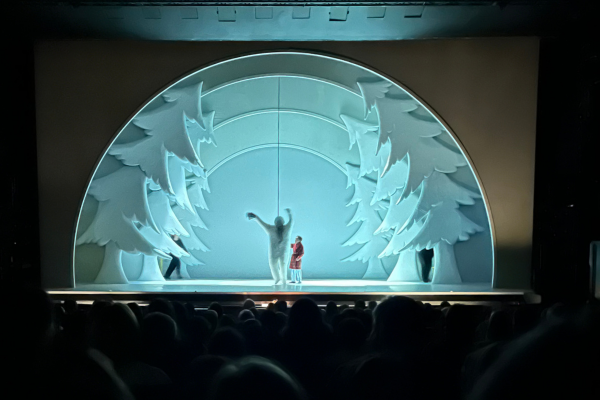


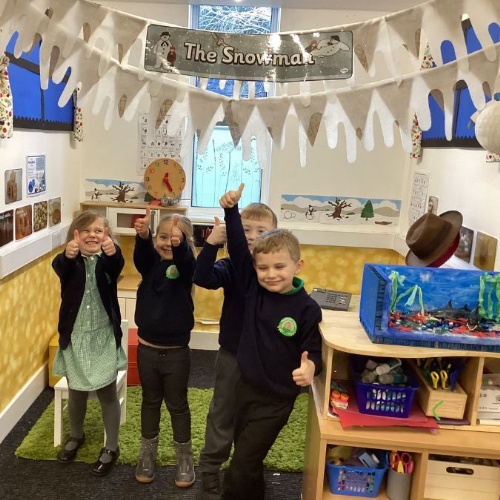
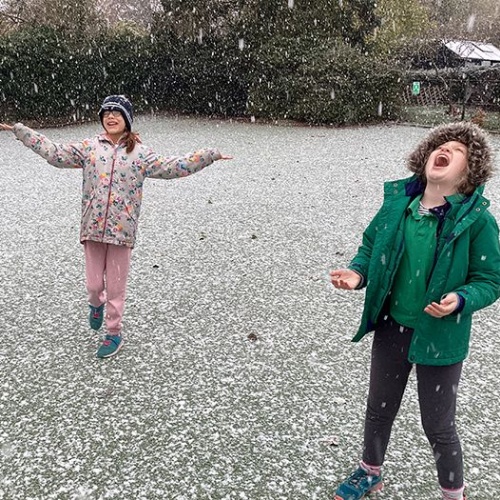
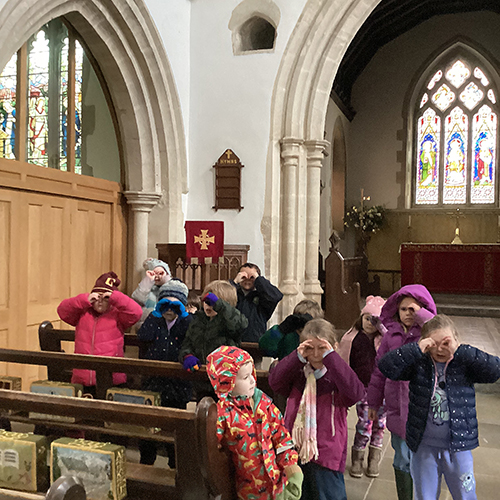
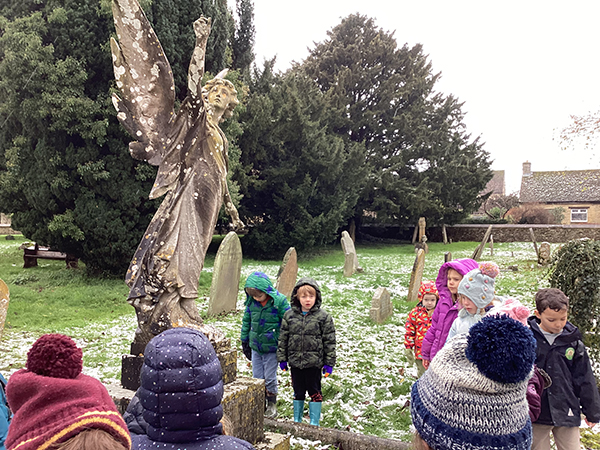
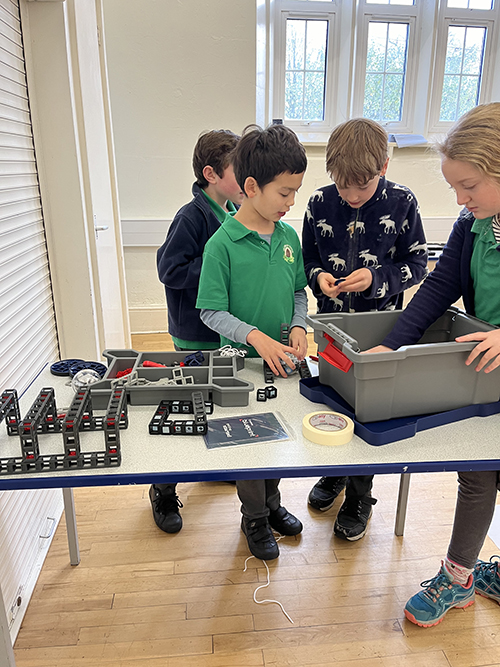
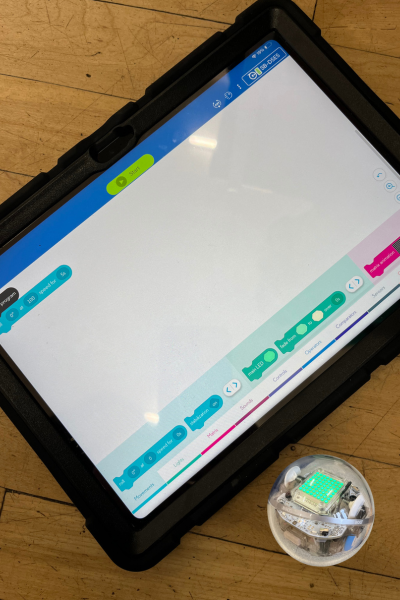
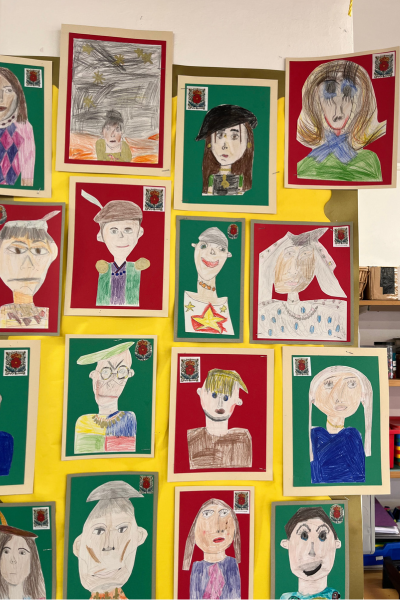
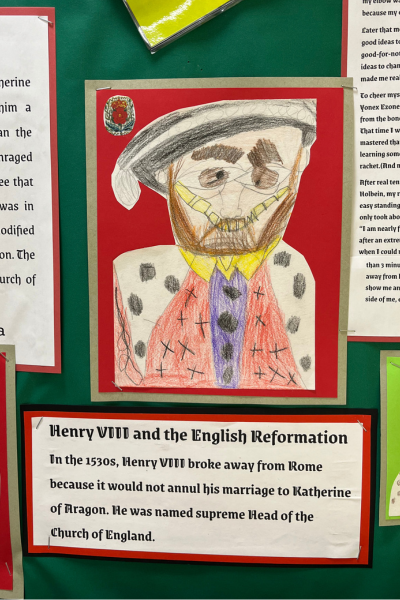
.png)
